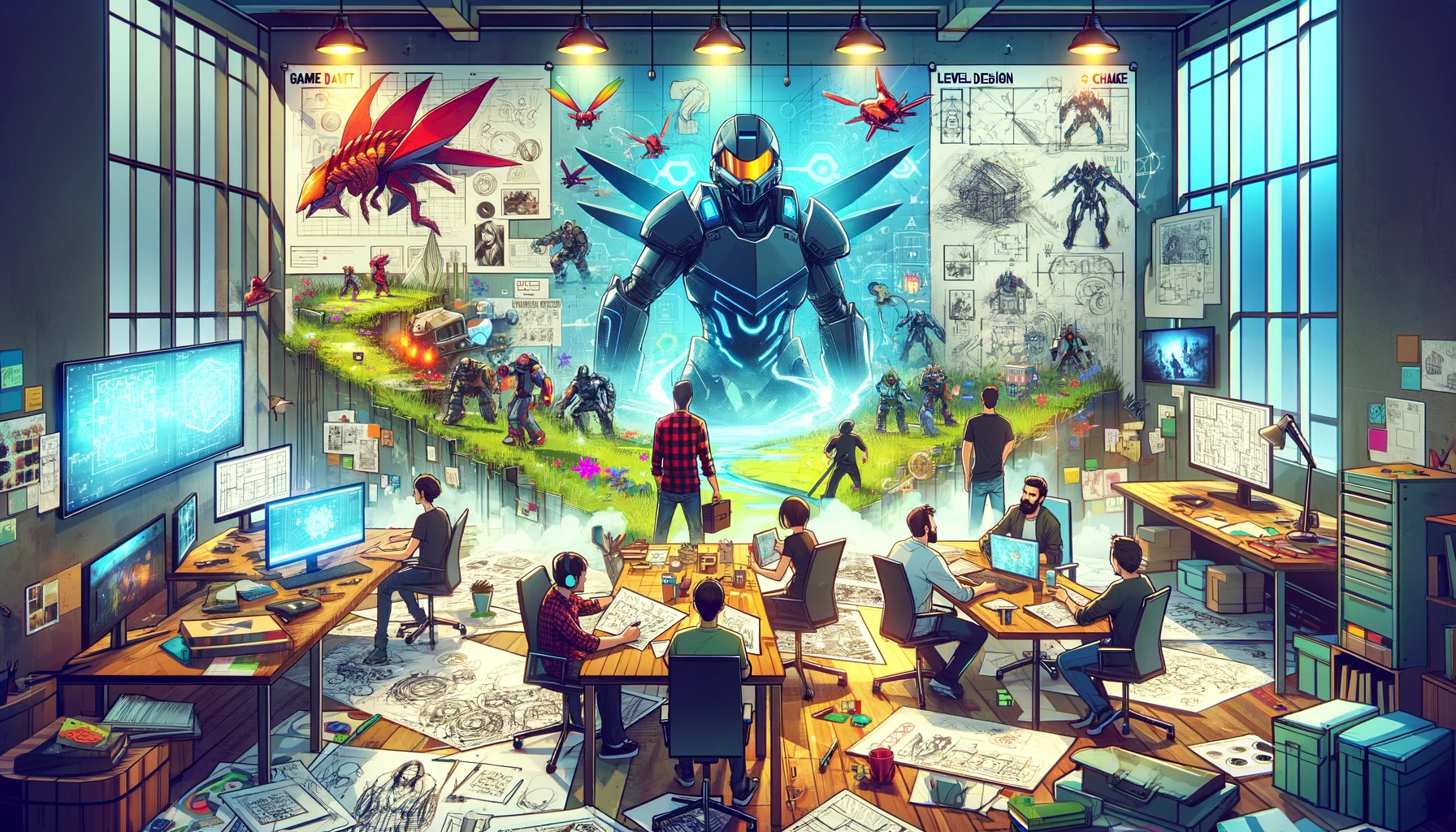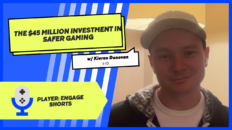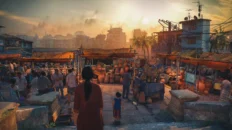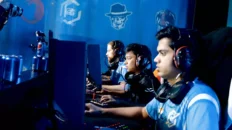🔙 Recap: In Part 1, we delved into PixelForge’s origins, where their hit game ‘Legends of the Lost Code’ turned them into an industry sensation. But not all was perfect. As the studio basked in its success, crucial metrics and KPIs began to fade into the background, overlooked in the daily grind. This oversight started to create ripples in the foundation of their success.
High Score Hibernation: The Dangers of Gaming on Past Glories
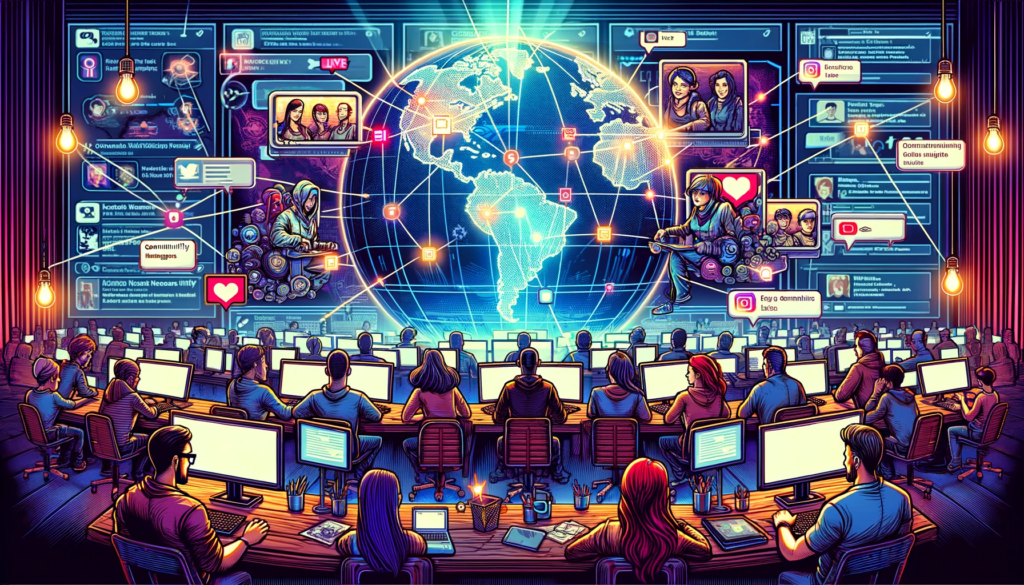
The Ghost of Studio’s Present Endeavors swept through the bustling office of PixelForge, a silent observer of a studio at the zenith of its popularity. “Legends of the Lost Code” had become a phenomenon, its name echoing through the hallowed halls of the internet, a beacon drawing in countless players. Yet, amidst this golden era, a subtle dissonance hummed beneath the surface.
Our Game Designers, the true wizards behind the mechanics, poured their hearts into making sure each moment of gameplay was nothing short of epic. They’ve got this knack for blending strategy and skill that just hooks you in. Seriously, ‘Legends of the Lost Code’ didn’t just land in the gaming world; it became a part of it. But here’s the twist – as the game got bigger, so did the competition. It started out fun, with leaderboards and all, but then things got intense. What was once friendly competition turned into fierce rivalries. Battles in these incredible fantasy worlds got heated, with players duking it out for top honors. It’s all about the thrill of winning and the sting of losing now, more than ever.
Our Dev Team, the rockstar Code Mages at PixelForge, really outdid themselves. They stitched together this jaw-dropping code that’s now a virtual universe, both stunning and rock-solid. It’s like they’ve crafted this digital utopia pixel by pixel, logic by logic. It’s a stand-out gem in the online world.
But here’s the thing: as the game blew up, so did the challenges. Keeping our online space cool and friendly? That got tougher. Turns out, when people can hide behind their screens, some of them get nasty. Words started flying like digital daggers, hurting the vibes we worked so hard to build.
Now, our Code Mages are on a mission. They’re battling to keep our realm safe from these dark vibes, this poison in the air. It’s not easy, though. They’re up against the ghostly shadows of negativity that threaten the harmony we love. It’s a real struggle to keep our world the peaceful, awesome place it was meant to be.

Over in the art department, our Artists and Animators are like storytellers. They create these stunning visuals that bring tales of friendship, rivalry, heroes, and legends to life. Their artwork? It’s like a magnet for players. But sometimes, it sets the stage for moments that are, well, not so heroic.
Then there are our Sound Designers, the wizards of sound. They’ve filled ‘Legends of the Lost Code’ with this epic soundtrack that gets players pumped for adventure. It’s like a call to arms for all the noble souls out there, urging them on to conquer quests and do brave deeds. But now and then, their beautiful tunes get drowned out by something less pleasant – the noise of players arguing, turning our game’s world a bit sour.
And let’s not forget our QA Testers, the unsung heroes keeping the game’s world in check. They’re on a never-ending quest to squash bugs that could spoil the fun of ‘Legends.’ They’re always on the lookout, hunting down glitches that could snap players out of the magic. But here’s the tricky part – they can’t always predict how players will play the game. No matter how many tests they run, they can’t catch everything, especially when players find new and unexpected ways to push the game’s limits, sometimes throwing things off balance.
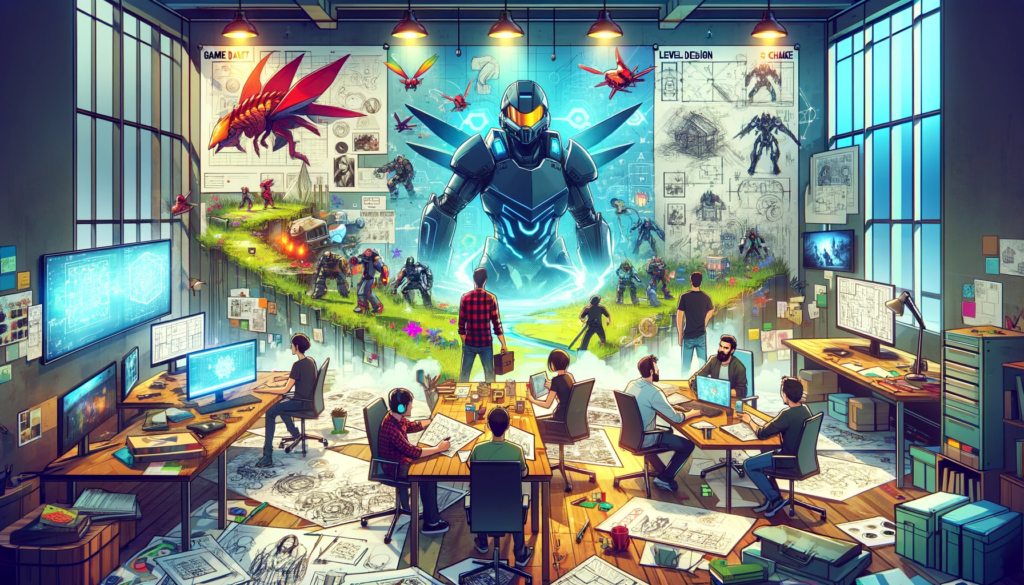
The Customer Support gang, once the heroes of solving problems and spreading understanding, are now tackling a whole new battlefield. As more and more players joined our game, the trickier their issues got. Our team’s been on their toes, playing peacemaker and fixing problems that go way beyond the game itself. It’s a tightrope walk between being kind and laying down the law, all to keep the good vibes alive while dealing with the not-so-nice side of people that pops up a bit too often.
Over in the land of Data Analysts, these brainy folks have been keeping an eye on the game’s health. Their screens are like a success story, with player numbers going up and up. But it’s not all high fives and victory dances – they’re spotting trouble too. Reports of problems are creeping in, showing us that not everything’s peachy. It’s like a rollercoaster – for every high, there’s a low, and these challenges are more than just numbers; they’re real puzzles to solve.
Then there are our Community Managers, who used to be the gardeners of this awesome digital world. Lately, though, it feels more like they’re guarding a fortress. They’ve been working hard to cut through the negativity that’s started to sprout up, trying to save the friendly spirit of ‘Legends of the Lost Code.’ It’s a mission of words and rules, all about bringing back the harmony we’re known for.
Now, let’s talk about the Marketing Team. These storytellers have been riding the wave of the game’s success, celebrating every big win. But it’s not all smooth sailing. They’re hearing some grumbles too, and it’s their job to turn those frowns upside down, keeping our game’s reputation shiny without ignoring the real concerns players have.
At the top of the PixelForge ladder, the Executive Team has been steering the ship. They’ve had a good run, catching the wind of success, but they’re also feeling the rumbles of trouble. Their job is a balancing act – aiming high but also making sure we’re staying true to our roots and keeping our community fair and fun. They’re the ones with their eyes on the horizon, navigating through both the cheers and the challenges, making sure we stay on course.

In the world of ‘Legends of the Lost Code,’ every team at PixelForge is facing its own set of challenges. From the Customer Support team dealing with complex player issues to the Data Analysts deciphering the ups and downs of player engagement, each group is navigating its own turbulent waters. The Community Managers are in the trenches, fighting to keep the game’s spirit alive amid growing negativity, while the Marketing Team is working hard to maintain the game’s shining image, even as they address underlying player concerns. And at the helm, the Executive Team is charting a course through these successes and struggles, trying to balance ambition with the core values of the studio. It’s a tale of triumphs and trials, as each team strives to keep the magic of the game alive for its ever-growing community.
The Ghost of Studio’s Present Endeavors left behind a silent echo, a reminder that with great popularity comes the responsibility of stewardship. The spirit’s visit was a nudge for PixelForge to look beyond the metrics, to the heart of their community, and to foster an environment as commendable as the game they had built.
Prepping for the Future
Stay tuned as our journey with PixelForge continues. In the upcoming Part 3, we’ll meet the Ghost of Future Possibilities – a glimpse into what lies ahead. Will PixelForge navigate the turbulent waters of change and innovation, or will the ghosts of forgotten metrics forecast a different fate? Join us to discover the future that awaits in the ever-evolving world of game development!

